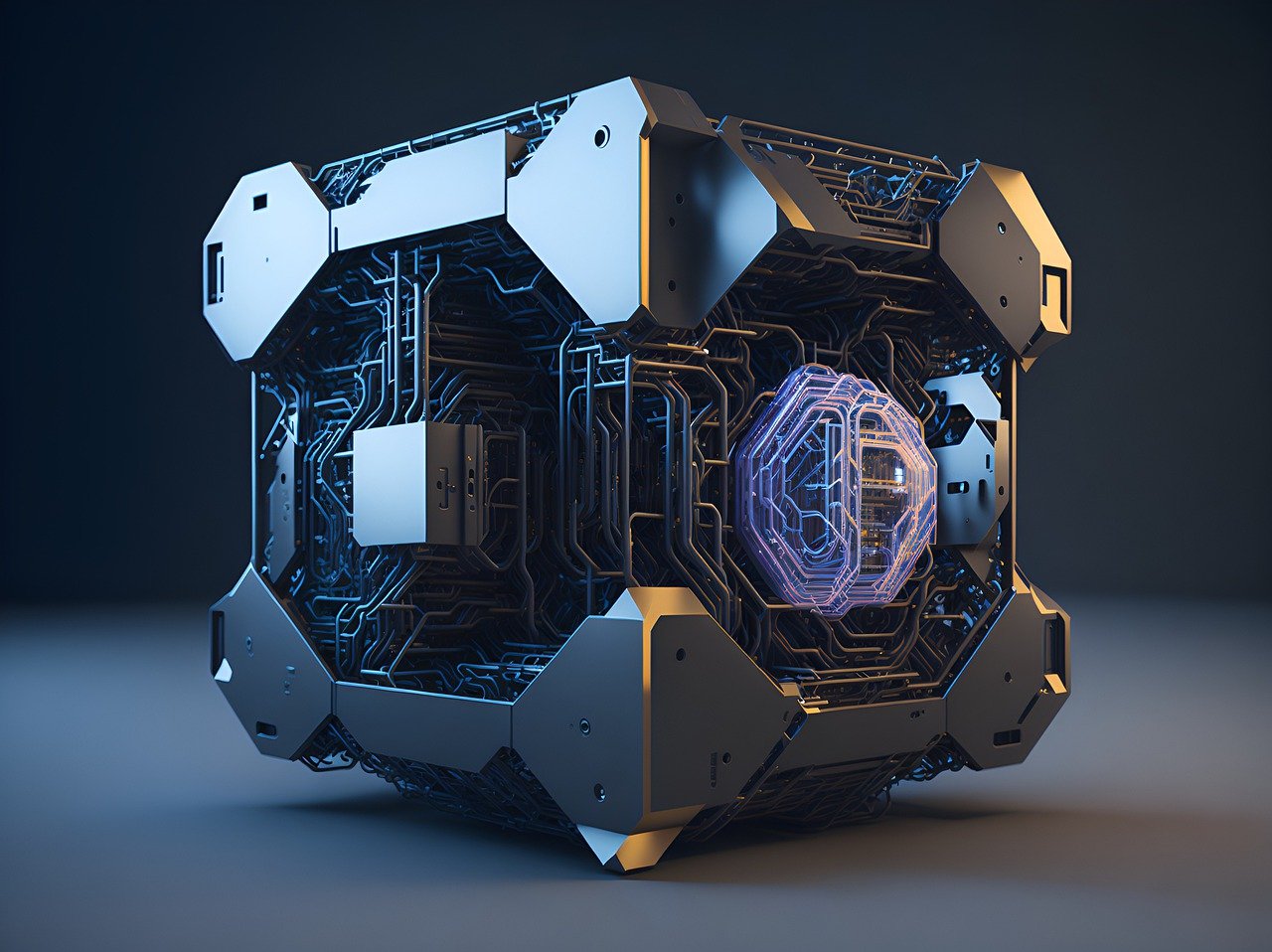Innovative ‘cat qubits,’ inspired by Schrödinger’s thought experiment, are set to revolutionize quantum computing by enhancing error correction and stability, potentially leading to practical quantum computers within the next decade.
Key Points at a Glance
- Cat Qubits: Inspired by Schrödinger’s cat, these qubits exist in a superposition of states, enhancing error resistance in quantum computations.
- Error Correction: Cat qubits significantly reduce ‘bit-flip’ errors, a common issue in quantum computing, thereby improving reliability.
- Roadmap to 2030: Companies like Alice & Bob aim to develop fault-tolerant quantum processors with 100 logical qubits by 2030, marking a significant leap toward practical quantum computing.
Quantum computing has long promised to outperform classical computers in solving complex problems, but challenges like qubit instability and error rates have hindered progress. A novel approach involving ‘cat qubits,’ inspired by the famous Schrödinger’s cat thought experiment, offers a promising solution to these challenges.
Traditional qubits can exist in a superposition of 0 and 1 states simultaneously, enabling quantum computers to process vast amounts of information in parallel. However, they are prone to errors due to environmental interference, leading to ‘bit-flip’ errors where a qubit inadvertently switches states. Cat qubits enhance this concept by existing in a superposition of two quantum states simultaneously, akin to Schrödinger’s cat being both alive and dead until observed. This dual superposition increases their resilience to errors, particularly reducing the incidence of bit-flip errors.
Paris-based quantum technology company Alice & Bob have outlined a roadmap to develop fault-tolerant quantum processors utilizing cat qubits. Their plan includes:
- Developing Error-Correcting Logical Qubits: Constructing logical qubits capable of error correction by combining multiple physical qubits to share the same information, ensuring computations can proceed even if individual qubits fail.
- Creating Error-Correcting Logical Gates: Establishing quantum circuits that maintain error correction throughout computational processes.
- Implementing a Universal Set of Logical Gates: Developing a comprehensive set of quantum gates necessary for diverse computations.
- Real-Time Error Correction: Achieving the ability to correct errors instantaneously during quantum operations.
- Scaling to 100 Logical Qubits: Building a quantum processor housing 100 high-quality logical qubits, a milestone anticipated by 2030.
Each milestone builds upon the previous, aiming to address the inherent error-prone nature of quantum computations. Notably, while conventional computers experience bit failure rates of approximately 1 in a billion, quantum computers face failure rates closer to 1 in 1,000, underscoring the importance of effective error correction mechanisms.
The development of cat qubits represents a significant advancement toward practical and reliable quantum computers. By mitigating common errors and enhancing qubit stability, this technology could enable quantum computers to tackle complex problems in cryptography, optimization, and simulation more efficiently than classical counterparts.
As research and development continue, the integration of cat qubits into quantum processors may usher in a new era of computing, with robust quantum systems becoming a reality within the next decade.
